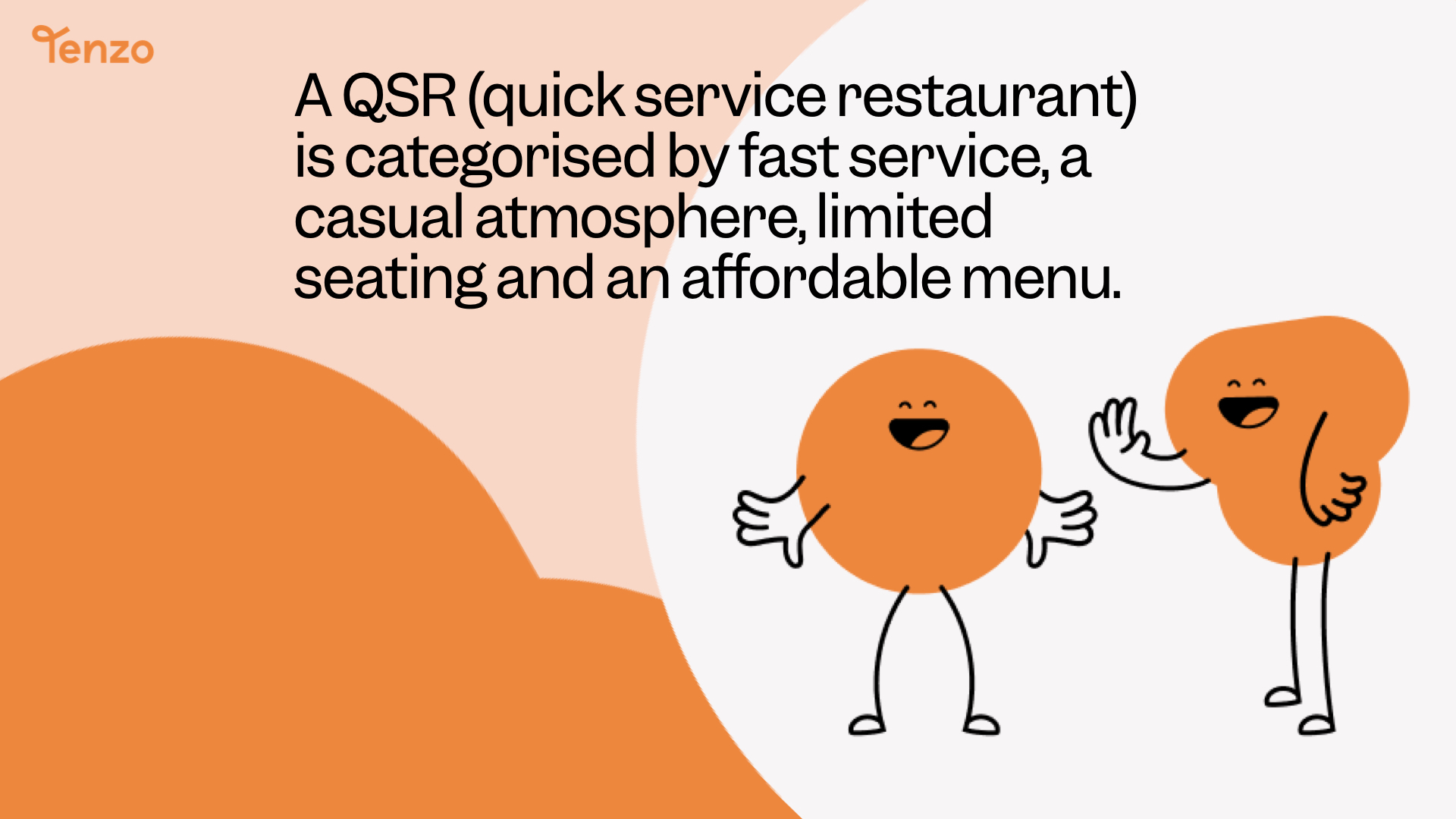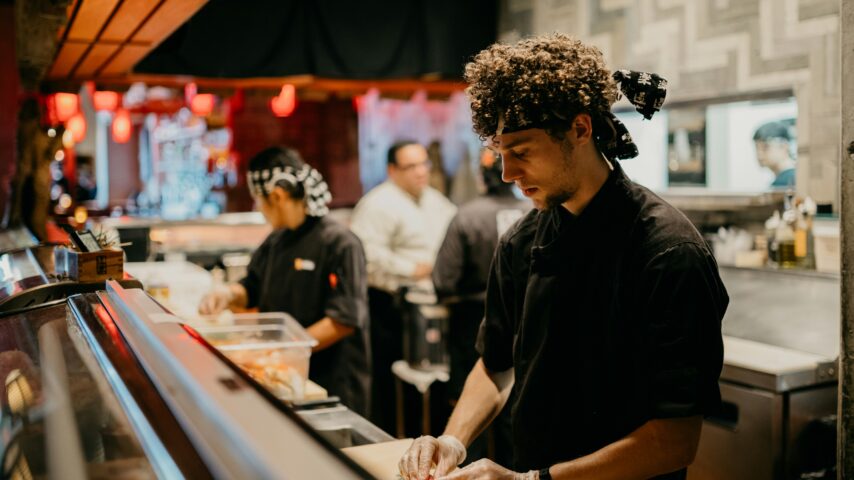The Quick Service Revolution: How QSRs are Changing the Hospitality Industry
Are you wondering how quick-service restaurants (QSRs) are revolutionising the hospitality industry? Look no further!
In this article, we will explore the growth of QSRs, or fast food restaurants, and their impact on the hospitality industry.
QSRs are a type of restaurant characterised by their quick and efficient service, making them a popular choice for busy individuals looking for a convenient dining experience.
The Growth of QSRs
Quick Service Restaurants (QSRs) have experienced a significant surge in popularity globally. This can be attributed to the convenience and speed that they offer to customers. With busy lifestyles becoming the norm, people are looking for quick and efficient dining options. QSRs have capitalised on this demand by providing fast service and easy accessibility.
QSRs, alongside fast food dining and fast casual dining, have also gained popularity due to their affordable pricing. In a world where dining out can be expensive, QSRs provide a budget-friendly alternative. This has made them a popular choice for families, students, and individuals looking for a quick and affordable meal.
Some notable QSR restaurant brands are KFC, McDonald’s, and Subway.
Operations in QSRs
One of the key operational aspects that QSRs focus on is standardisation and consistency. This ensures that customers receive the same quality of products and services across multiple locations. QSRs have strict guidelines and procedures in place to maintain consistency in their menu items, food preparation, and customer service.
Standardisation and consistency
Most QSR businesses are based on franchising models, and to maintain consistency in their products and services across multiple locations, QSRs rely heavily on standardisation. This means that every location follows the same recipes, procedures, and guidelines to ensure that the food and service are consistent no matter where you go.
This ensures that all employees are trained to follow the same procedures and maintain the same level of quality; helping to minimise variations in the food and service that customers receive, regardless of which location they visit.
Some QSRs will use centralised kitchens, and supply chains, to ensure that all locations have access to the same ingredients. This helps to reduce waste and control costs alongside consistency.
Technology
With the advancement of technology, QSRs have been able to streamline their operations, and improve overall efficiency. From automated ordering systems to self-service kiosks, technology has revolutionised the way QSRs operate; allowing them to serve a large number of customers quickly.
Benefits of implementing technology in QSR operations include; improving order accuracy, providing a better customer experience, and improving inventory management.
Automated ordering systems reduce the risk of human error, whilst the technology used to place orders harnesses customer data to improve restaurant’s knowledge of their target customers. Inventory is tracked in real-time allowing for reduced stock-outs and therefore an improvement in sales and performance.
Speed and Efficiency
Speed and efficiency are the hallmarks of quick-service restaurants (QSRs). From the moment you walk in, you can expect to be served quickly and efficiently. They have optimised their operations with self-service kiosks and mobile apps to minimise wait times and ensure customers get their orders promptly.
The convenience factor sets QSRs apart from other restaurants. QSRs have revolutionised the hospitality industry by making fast food truly fast, catering to the needs of busy individuals who are always on the go.
QSRs Customers
QSRs have a wide target customer base, but they particularly appeal to the millennial and Gen Z demographics. These younger generations value convenience, affordability, and speed. QSRs align with their preferences by offering quick and hassle-free dining options at affordable prices. Many families also gravitate towards the affordable prices with happy meal options for children to further reduce costs.
The customer experience in a QSR is designed to attract and cater to the preferences of these younger generations. From vibrant and modern interiors to trendy menu items, QSRs create an atmosphere that resonates with their target customers. They also leverage social media and digital marketing to engage with their audience and stay relevant in a highly competitive market.
Health-conscious consumers are another important customer segment for QSRs. With the growing awareness of the importance of healthy eating, QSRs have adapted to include healthier menu items. They offer salads, grilled items, and vegetarian or vegan choices to cater to the preferences of health-conscious individuals. This allows QSRs to tap into a niche market and attract a broader range of customers.
Conclusion
In conclusion, QSRs are revolutionising the hospitality industry by providing fast, efficient, and consistent service. They have experienced significant growth and have successfully integrated technology into their operations. QSRs are attracting a wide range of customers, including millennials and health-conscious individuals. With their standardised processes and focus on speed and convenience, QSRs are changing the way people eat out and setting new standards for the industry.




